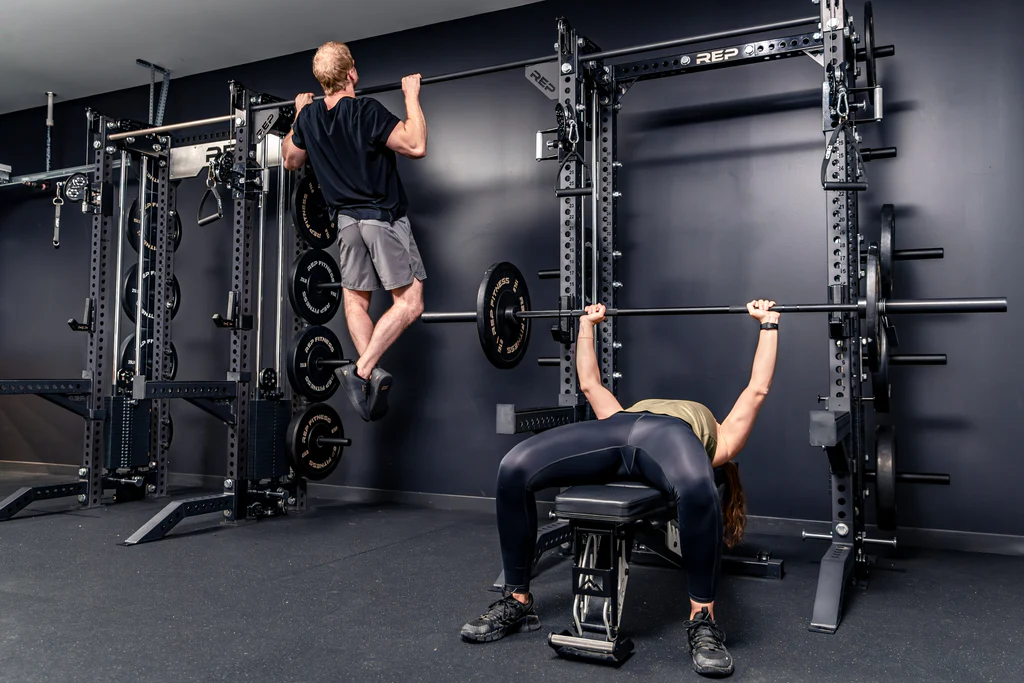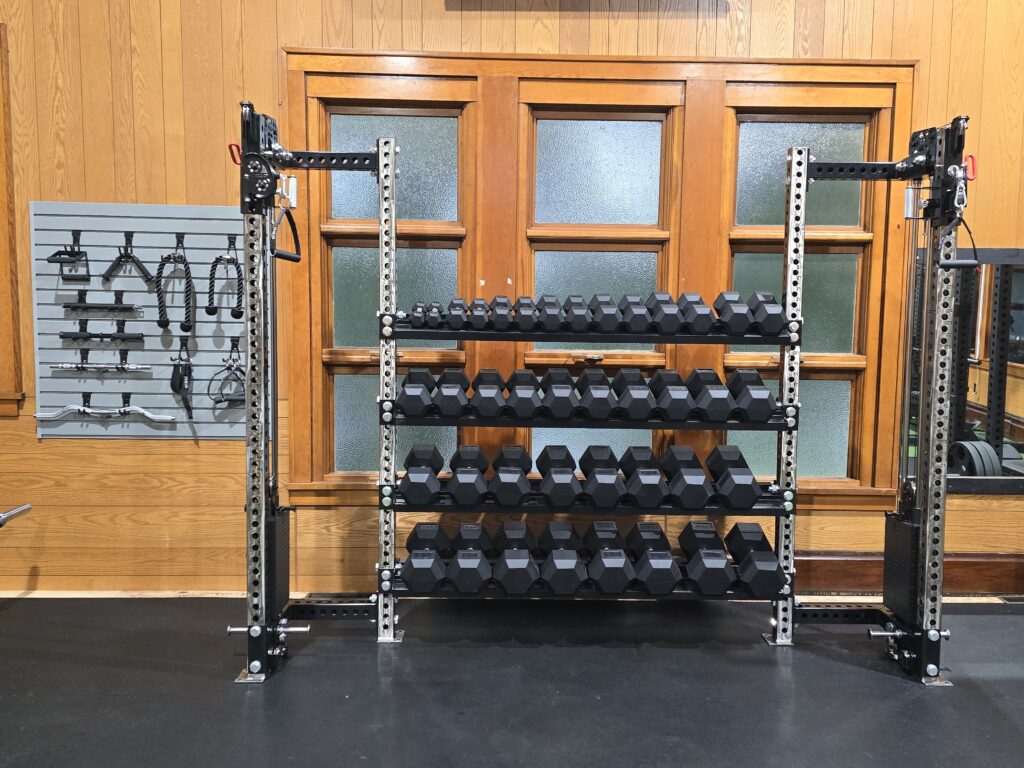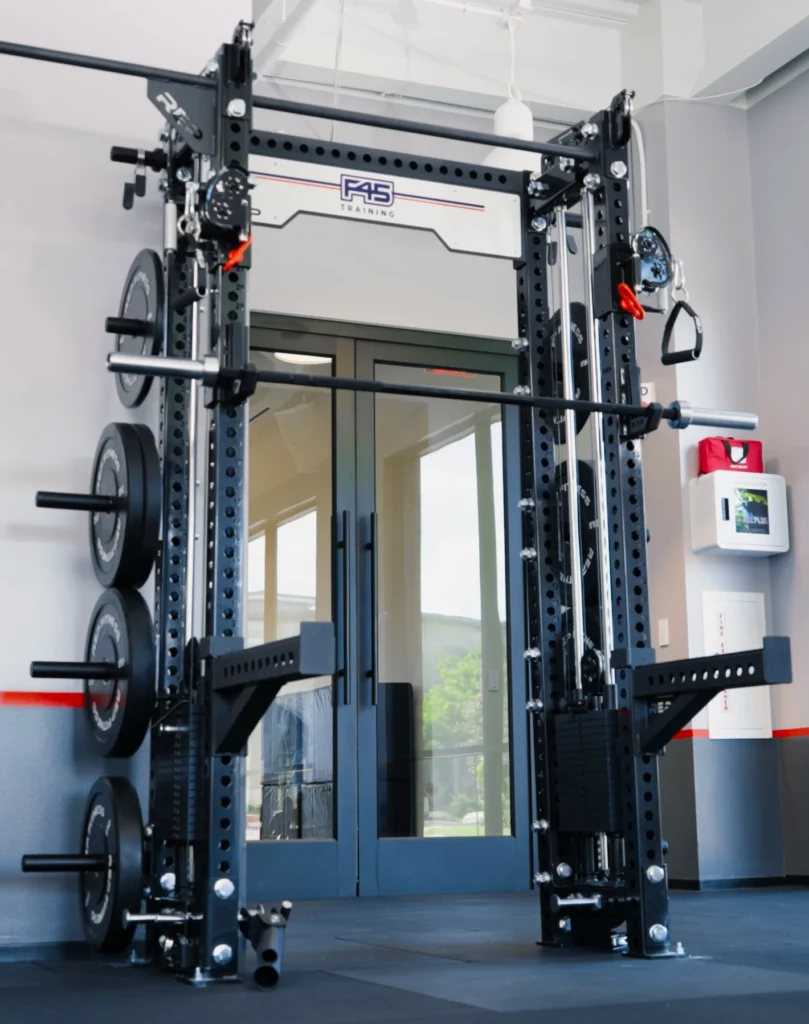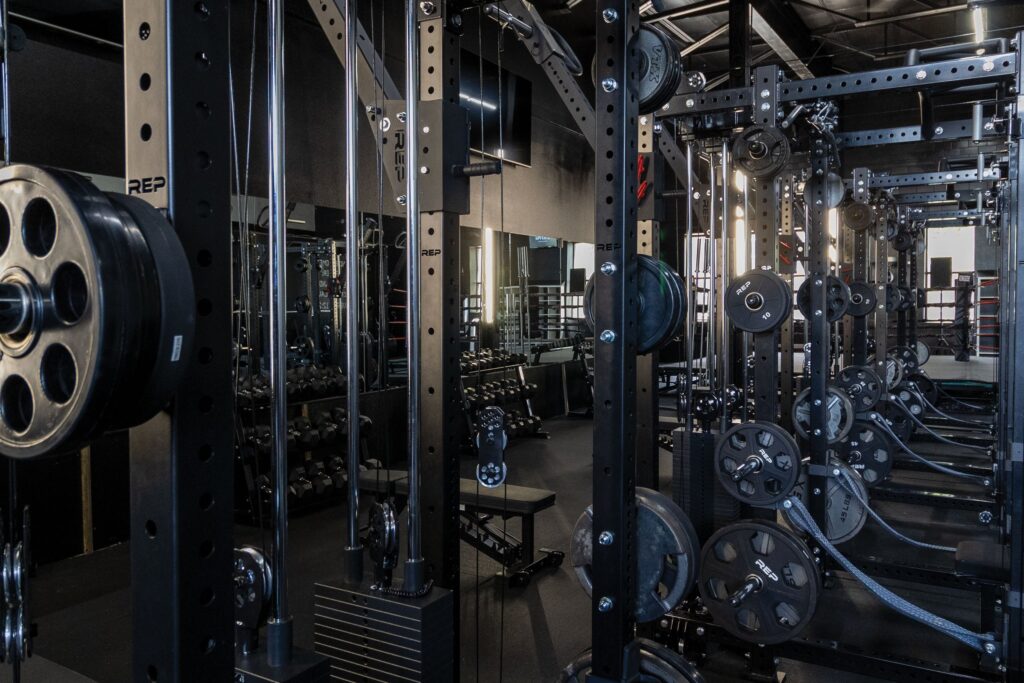New Year, New Spaces: Maximizing Gym Efficiency with REP Fitness
Partnership
Sponsored By REP Fitness

How innovative equipment and storage systems can elevate your facility’s performance and capacity
A new year ushers in a familiar sight – fitness facilities buzzing with new and returning members eager to kickstart their resolutions. January, often dubbed “fitness season,” presents a golden opportunity for owners and operators to not only handle the influx of traffic but also stand out from the competition and foster lasting member loyalty.
By asking the right questions and preparing strategically, gym operators can optimize their spaces, create an efficient and enhanced experience, and ensure new members stick around well beyond the seasonal rush.
But where to begin? Decisions involving layout and space maximization often come with tough challenges. Rushed, poorly considered choices can lead to long-term inefficiencies and missed opportunities.
REP Fitness, known for its multi-functional equipment and innovative storage solutions, offers gym operators tools and equipment that tackle these challenges head-on.

Turning Chaos into Opportunity: Avoiding Common Pitfalls to Maximize Outcomes
To better understand these hurdles gym operators face and the strategies to overcome them, Athletech News spoke with Business Development Representative Annie Brunner, who shares her insights on common pitfalls and practical solutions.
1: Misjudging Equipment’s Impact on Square Footage and Operational Capacity
Brunner says one common oversight is underestimating how much space certain equipment requires, which can disrupt the flow and functionality of a facility.
“Single-use items like battle ropes or sleds can consume over 200 square feet, limiting functional space for group workouts,” she explains.
A great solution is to look for multi-functional systems, such as REP’s Hyperion Series – designed to maximize efficiency. These systems allow athletes to complete an entire routine within a single footprint, freeing up valuable square footage.
2: Investing in Single-Use Equipment
Traditional, stand-alone equipment like cable machines and full dumbbell sets often monopolize space without proportional returns in functionality.
Focusing on innovative equipment that takes this into account is a smart choice.
“The PR-5000 with the Athena™ Cable Attachment integrates cable functionality into a squat rack, doubling usable floor space while maintaining versatility,” Brunner says. Adjustable dumbbells, like the REP x PÉPIN™ Fast Series, further optimize layouts by replacing bulky dumbbell sets, freeing up as much as 50 square feet. Operators can then either increase client capacity or reduce studio size, lowering overhead costs.”
3: Over-Indexing on Cardio vs. Strength
With a rising emphasis on the long-term benefits of strength training, facilities that lean heavily on cardio equipment may end up with members seeking alternative solutions.
“Facilities that are overly reliant on cardio equipment risk alienating this growing demographic,” notes Brunner. “REP’s strength-focused setups, including racks and adjustable systems, cater to shifting member preferences, providing versatile options for evolving fitness goals.”
4: Overcrowding the Gym Floor
Overloaded gym floors filled with single-purpose machines can create inefficiencies, long wait times, and a cramped experience for members.
“With versatile stations like those in the Hyperion Series, members can perform varied workouts simultaneously,” says Brunner. “This not only speeds up workout times but also creates a more pleasant experience for everyone.”
5: Inefficient Storage and Clutter
Cluttered gym floors not only disrupt the member experience but also pose safety risks. Improperly stored equipment can cause accidents and make spaces feel disorganized.
REP’s Modular Storage System (MSS) helps operators reclaim floor space by securely storing equipment like dumbbells, kettlebells and medicine balls on wall-mounted units.
“A modular storage system enables operators to store more equipment while freeing up valuable floor space,” Brunner explains. “This approach supports increased client capacity, making every square foot count.”

A Real-World Example: F45’s Smart Space Solutions
F45 studios have long been known for their smart use of space, which is essential in their compact, functional fitness environments. REP Fitness worked with F45 to replace bulky machines with versatile equipment and incorporate modular storage solutions
The result? A space that accommodates more members, delivers better workouts and feels open and welcoming.
“By changing out their pull-up station with REP’s Athena™ Rack Systems, F45 expanded their exercise offerings by over 600 options without increasing the equipment footprint,” explains Brunner. “This exercise variety also improves member engagement, retention and satisfaction, proving that smart equipment choices directly impact business metrics.”

Checklist for Success
Brunner recommends conducting a simple space audit to prepare for the New Year. Here’s a quick checklist:
- Evaluate Traffic Expectations: Identify how many members the space needs to accommodate per hour.
- Optimize Square Footage: Replace single-purpose machines with versatile, space-saving options.
- Balance Strength and Cardio: Adjust layouts to accommodate the growing demand for strength training.
- Declutter: Use wall-mounted storage to keep equipment off the floor and maximize usable space.
As fitness operators prepare for the busiest season, REP Fitness provides solutions.
By investing in versatile equipment and storage systems, facilities can create spaces that not only accommodate increased traffic but also set the stage for success far into the future.



